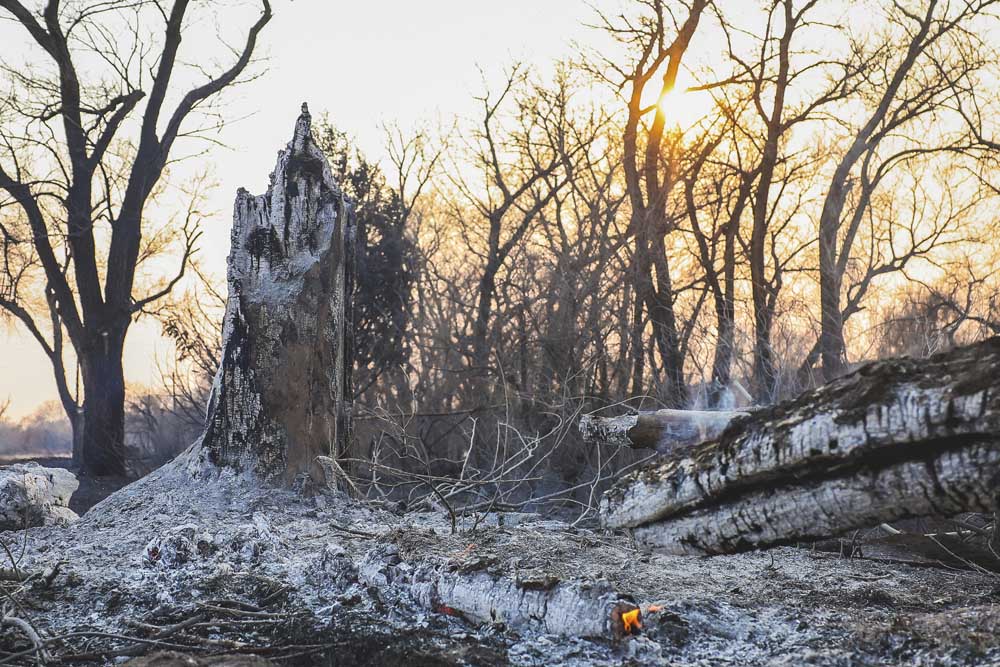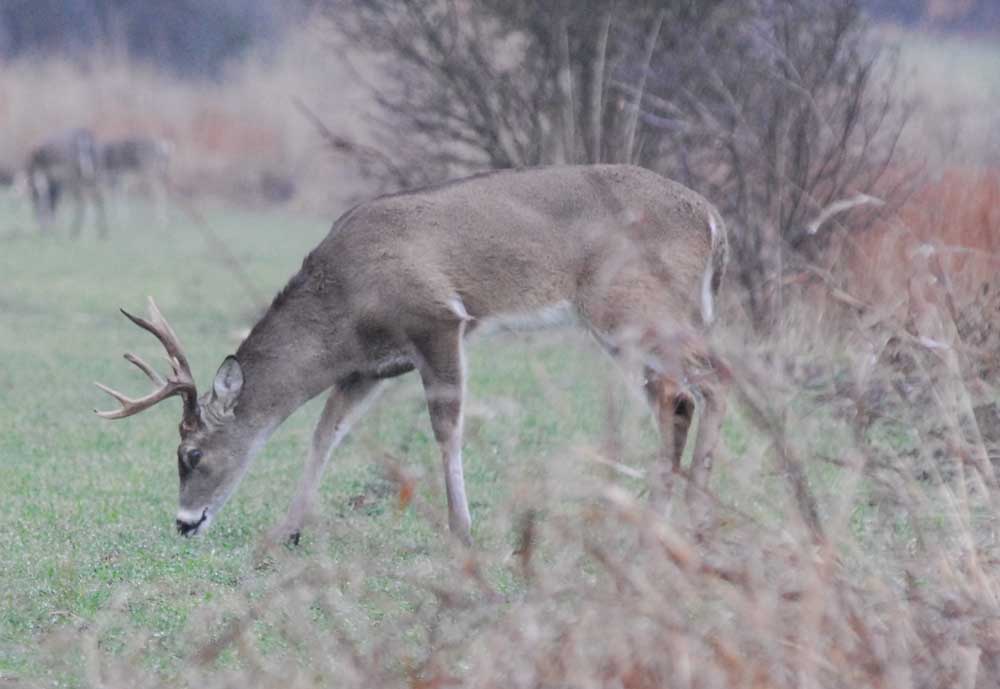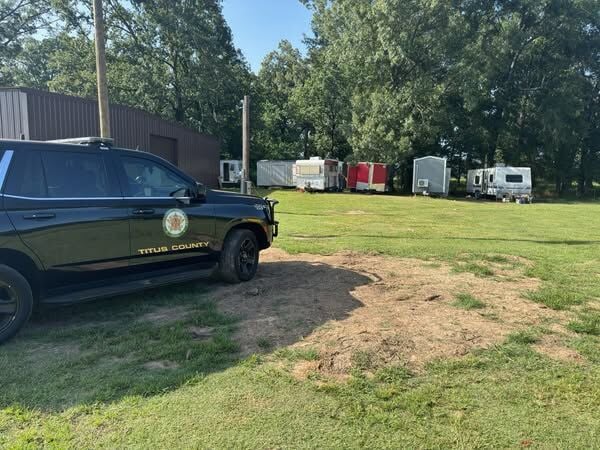Hot Mess: Fires expected to have little impact on wildlife if followed by rains
Published 11:01 pm Friday, March 15, 2024

- Wildfires that burned more than 1.25 million acres of the Texas Panhandle temporarily displaced wildlife, but they were already returning with smoke still on the ground.
It is hard to look for a silver lining in the wildfires that burned almost 1.25 million acres of the Texas Panhandle north of Amarillo.
Lives were lost, home and buildings were burned, livestock was killed and rangeland scorched.
But also living in the paths of the Smokehouse Creek, Windy Deuce, Grape Vine Creek and other fires are game animals like quail, turkey, white-tailed deer, mule deer and others like rabbits, armadillos and raccoons.
Within days after the fire truckloads of donated hay and feed were on their way to the Panhandle to assist ranchers who had lost grasslands. The wildlife was left to fend for themselves. But as wildlife biologists learned after similar massive fires in the region in 2006 and 2011, the animals are certainly able to take care of themselves during and after a fire.
“If a significant area burns and food sources are completely depleted, they are going to move to areas where there are food resources. (The fires) don’t burn in fingers, not in straight lines, so typically there are going to have little pockets or areas that didn’t burn,” explained Chip Ruthven, Texas Parks and Wildlife Department Wildlife Department Matador Wildlife Management Area manager.
Unlike cattle that are contained by fences, wildlife can easily flyover, jump or go under them to escape to a safe place. Ruthven said even non-game species will generally escape by leaving an area or burrowing in until the fire bases.
That is not to say all animals escaped the flames or smoke. There are undoubtedly some loses, but proof that others survived appeared before the smoke disappeared. As happened in 2006, the 5,400-acre Gene Howe WMA near Canadian was in the direct path of the Smokehouse Creek fire. This time about 98% of the habitat was destroyed, but a day after the fire wildlife was spotted back on the range.
“We are seeing quail back in the burn area, also turkey and deer,” Ruthven said. He said the birds are drawn back by the seed that is uncovered by the fire burning off layers of plants that have covered them.
The biologist said wildfires were common in the Panhandle long before European settlement, as they were in most places, caused by lightning strikes.
Today’s wildfires, in a way, simulate a prescribed burn with the difference being a prescribed burn is used for hundreds or maybe thousands of acres under control.
Coming in late winter, areas burned could quickly go from devastation to really good habitat in the coming months if the region gets rain. Forbs and shoots of grass will quickly replace what was burned.
“Typically, with the fire this time of year it is going to get a spring green up quickly. A lot of animals will move right back if they did move out,” Ruthven said.
However, there could be issues with ground-nesting birds.
“With birds like quail it could take them a couple of years to bounce back fully because they don’t have any nesting cover. With a good spring and green up they might be nesting some in the summer,” Ruthven explained.
While portions of the Panhandle enjoyed a wet winter this year, it is coming off two dry years. Ruthven said that after the 2011 fires the region entered a drought period, and instead of the quick habitat recovery it became a much slower process.
This year’s fires are another cautionary tale about the need to be careful to prevent wildfire and the importance of prescribed burns not only to improve habitat, but also in reducing the severity of a wildfire. While some towns like Canadian were damaged by the fires, Borger was spared because of a prescribed burn earlier in the winter that created a buffer between the town and the approaching fire.






